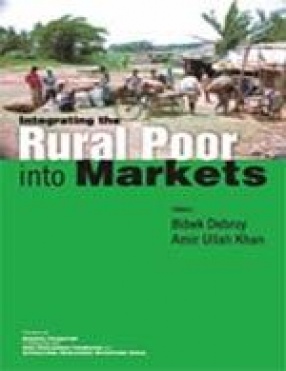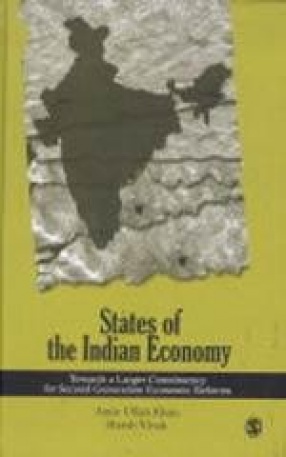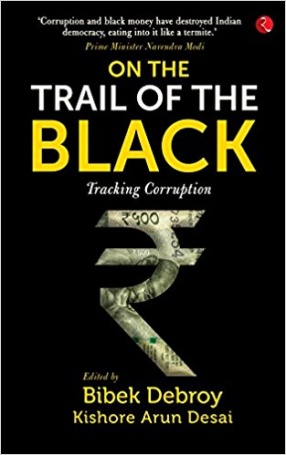As the editors Bibek Debroy and Amir Ullah Khan put it: Agriculture may account for only 25% of GDP. But 70% of India’s population earns a living from the rural sector. If there is a perception in India that liberalization has been anti-poor and pro-rich, that is largely because the agricultural cum rural sector has been untouched. . . . After the recent (2004) elections, negative expectations about reforms concern privatization and labour market reforms. On the positive side, there are expectations that agro and rural reforms will finally get off the ground, after having been talked about a d nauseam…. If these expectations materialize, parts of India that are hitherto bypassed and marginalized in the growth process, will be mainstreamed. If one is looking for a reform agenda for such liberalization, this volume provides it. The agenda set out in these 17 papers is by no means exhaustive. But collectively, one obtains a very good idea of what needs to be done to bring the rural poor into interaction with markets, so that they can tap the opportunities that market-based liberalization throws up.
States of the Indian Economy: Towards a Larger Constituency for Second Generation Economic Reforms
India today occupies the ...
$31.50
$35.00










There are no reviews yet.